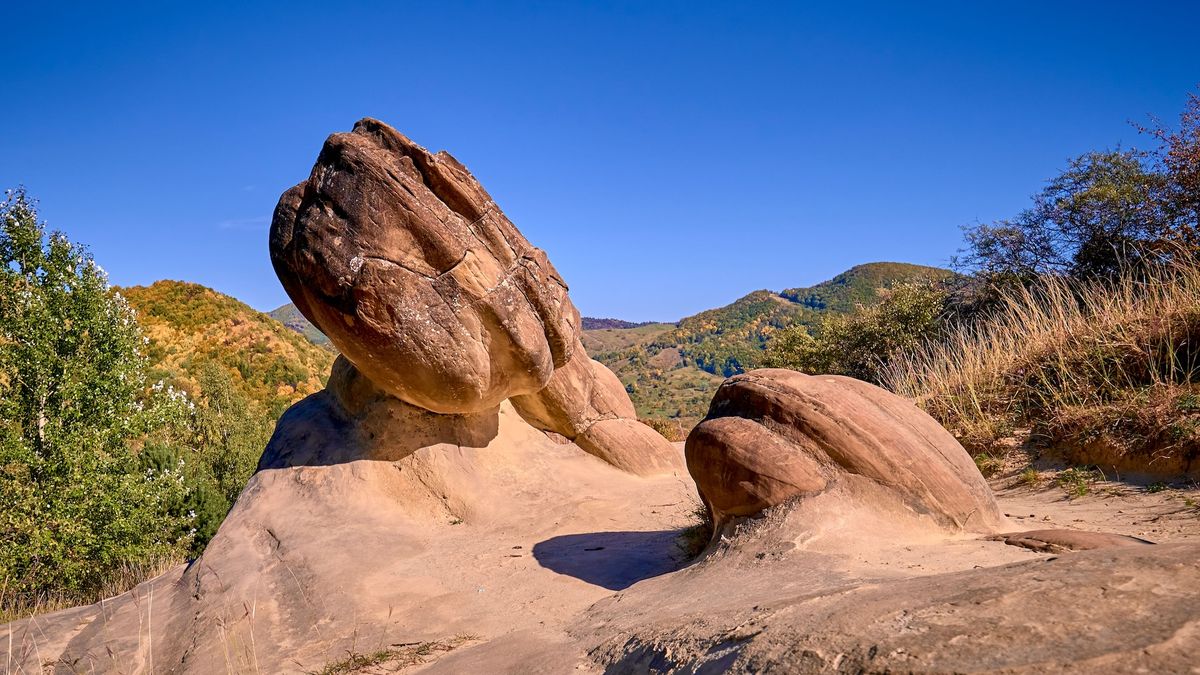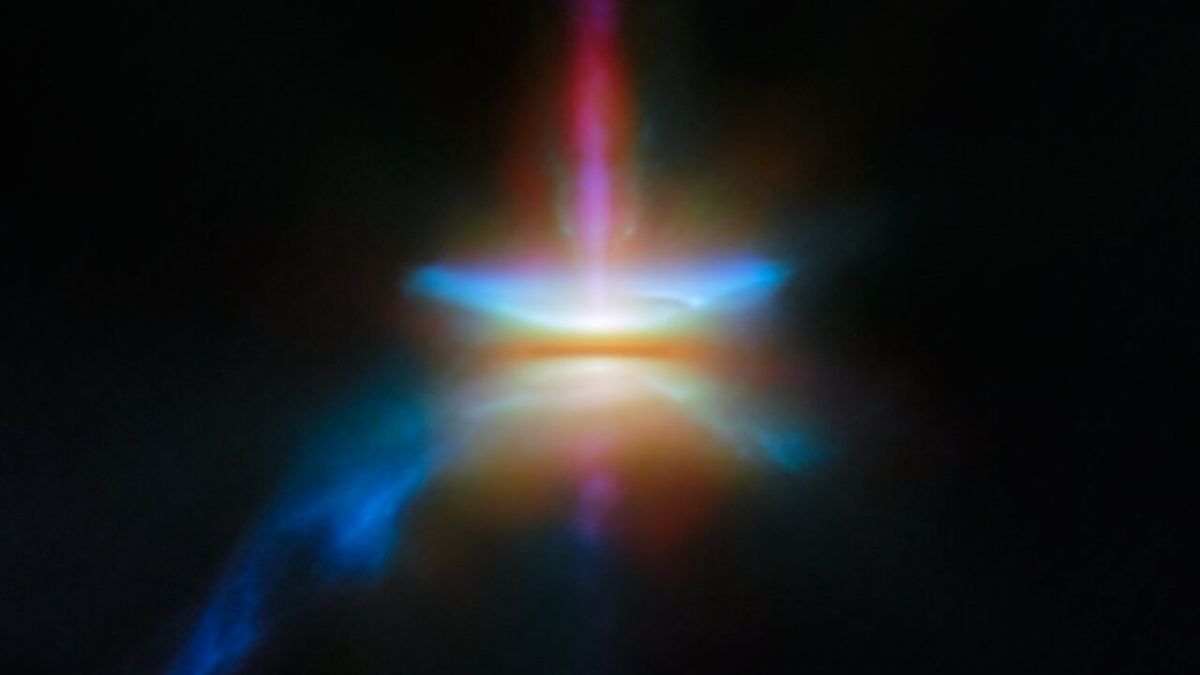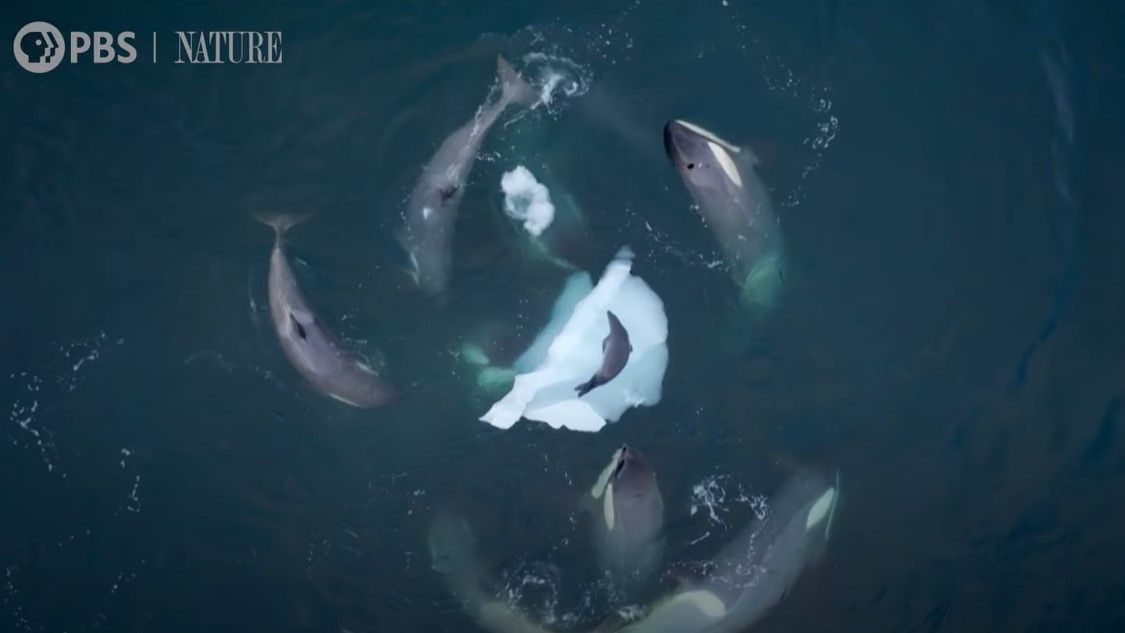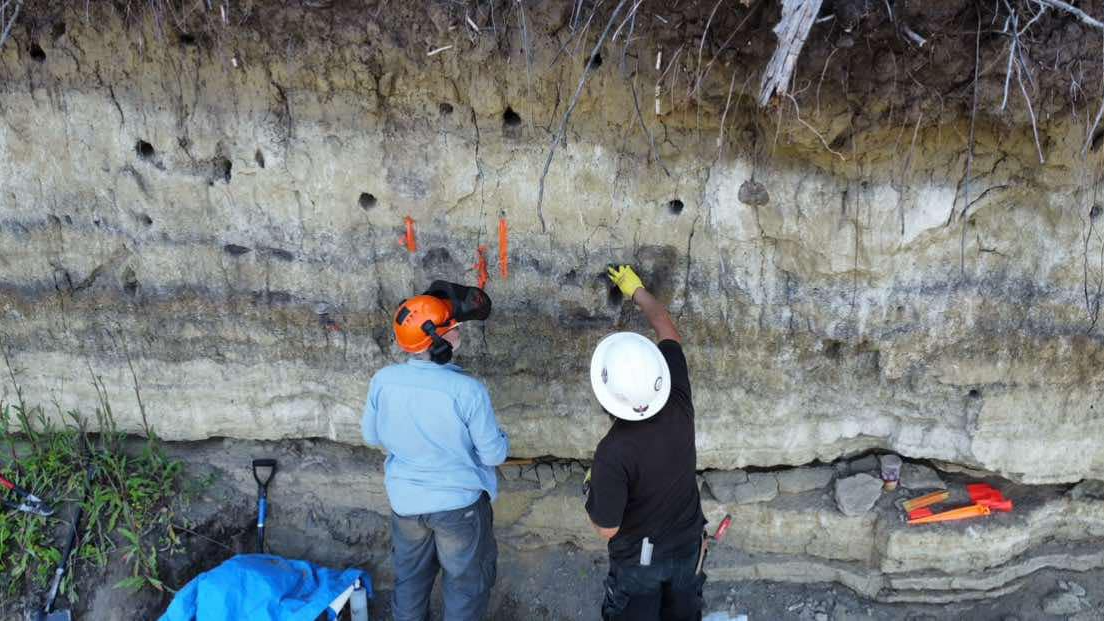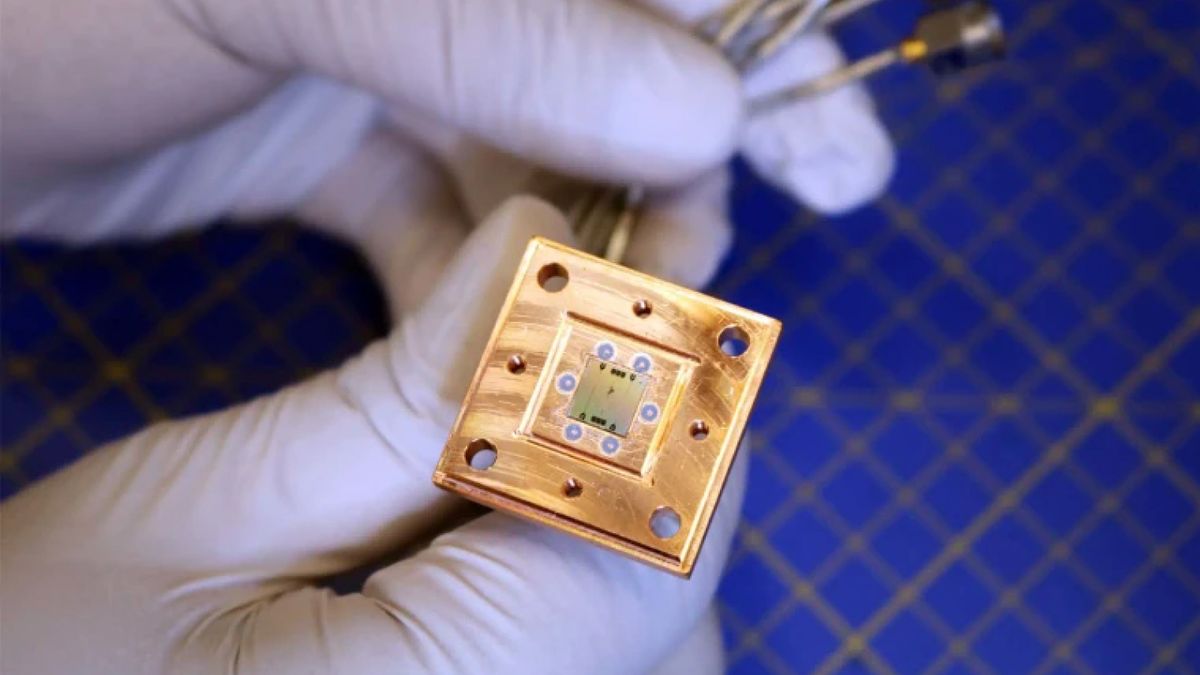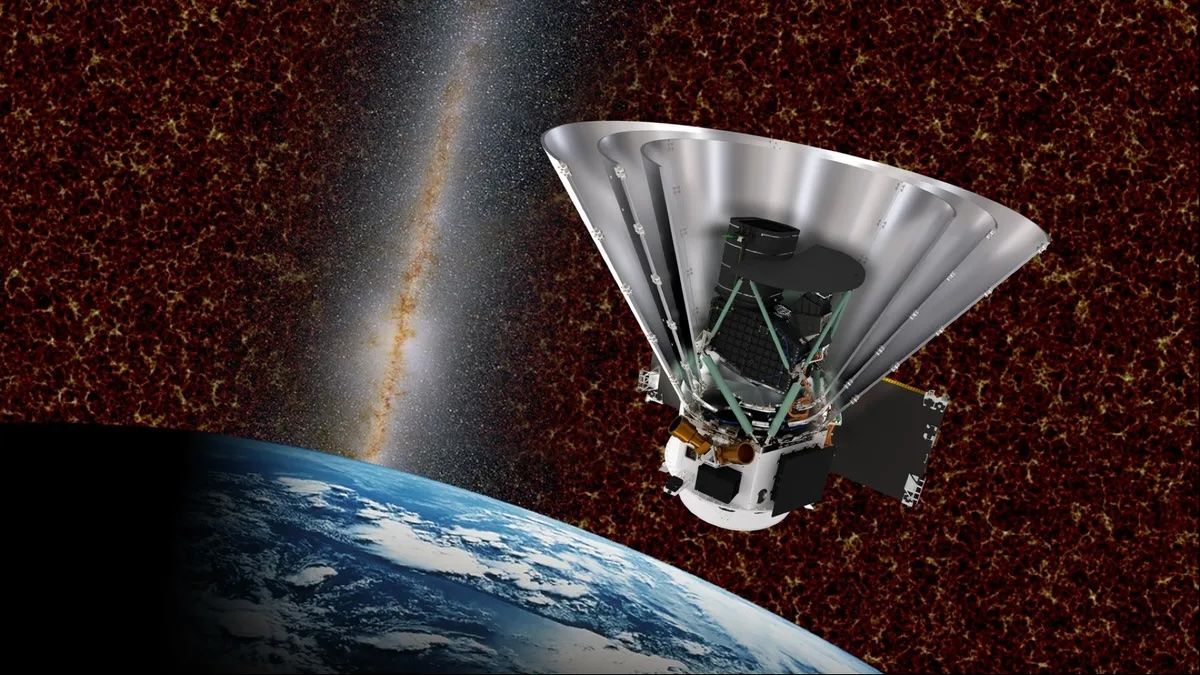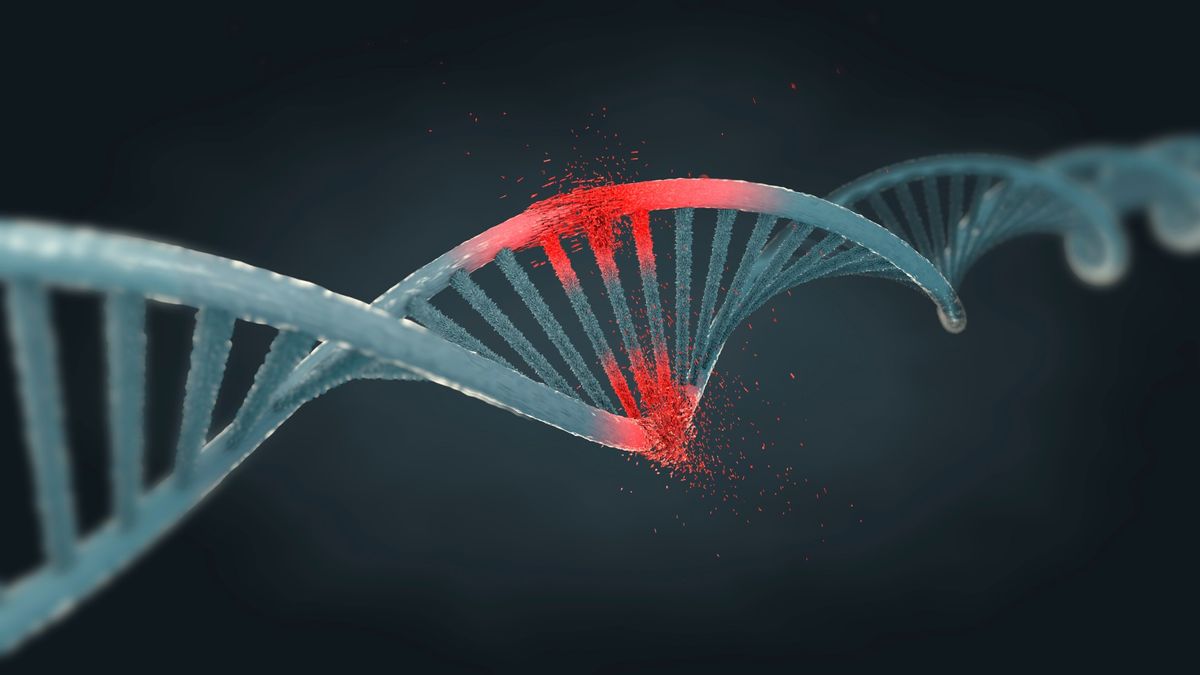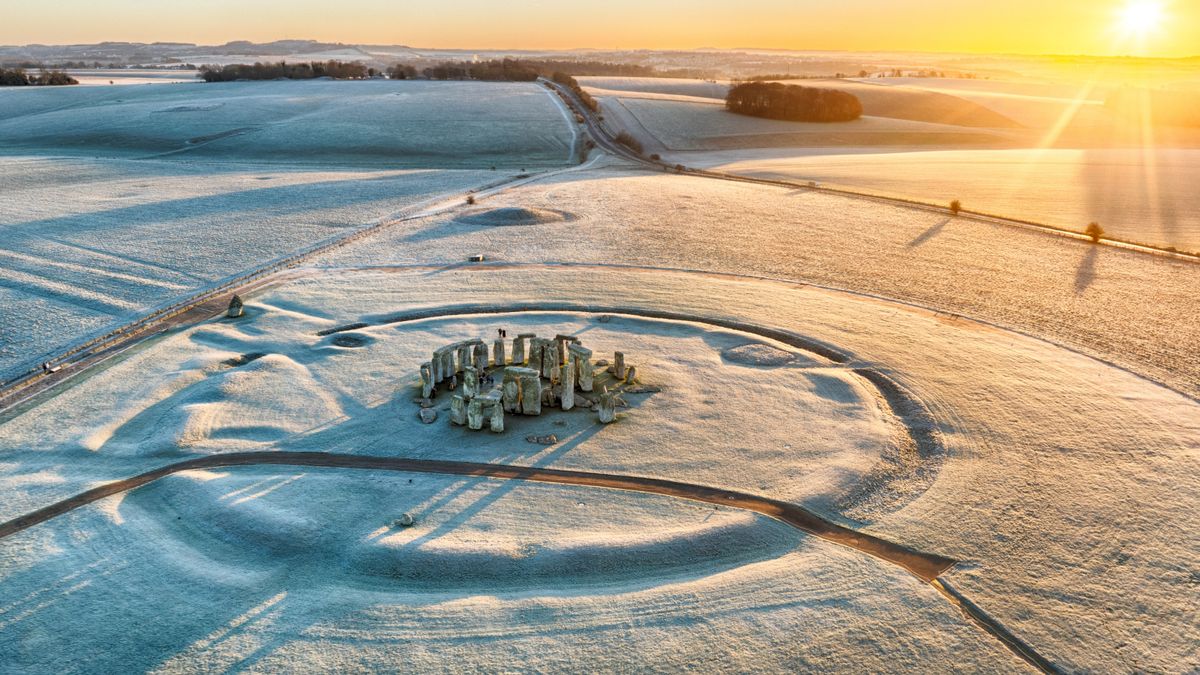Quick facts
Name: Trovants Museum Natural Reserve (Muzeul Trovanților)
Location: Central Romania
Coordinates: 45.13750834249952, 24.068854793846057
Why it’s incredible: The reserve holds rocks that grow and sprout smaller “baby” rocks
Near a village in central Romania sits a cluster of rocks that can grow and reproduce as though they were living. These unusual rocks, known as trovants, simultaneously push out several “babies” that can drop off and mushroom on their own.
Trovants are found almost exclusively in Romania, specifically near the village of Costești, where they are protected by the Trovants Museum Natural Reserve. Rare geologic and mineral conditions that exist in central Romania (as well as in small parts of Russia, Turkey and the U.S.) are needed to form trovants, which are made of a hard stone core surrounded by a sandstone shell, according to the geology website Geology In.
Related: Racetrack Playa: The home of Death Valley’s mysterious ‘sailing stones’
Trovants grow by about 2 inches (5 centimeters) every 1,000 years by adding to their sandstone shell, which is composed of chunks of rock cemented together with limestone. The shell is so porous, it can absorb minerals like calcium carbonate from rainwater. The shell then acts like a cement mixer, combining minerals with water to produce a substance that oozes from the rocks and adds to their circumference.
As a result of how they grow, trovants are often bulbous and smooth. Lumps can appear on existing trovants if rainwater consistently hits or drips onto one side of the rock, and these lumps may, over thousands of years, give rise to baby trovants. The weight of a baby trovant may cause it to break off from its parent rock, meaning trovants can multiply.
Trovants come in all shapes and sizes, ranging from a few inches to several feet across.
Geologists think trovants first originated in earthquakes more than 5 million years ago, according to BBC Science Focus. Seismic shocks may have compacted sandy sediments from an ancient aquatic environment into spherical rocks. This origin theory is bolstered by bivalve and gastropod fossils that researchers sometimes find inside Romania’s trovants, according to the online magazine.
The rocks have inspired fantastical explanations, too. Romanian folklore abounds with tales of the origins of trovants, including a myth that the rocks are giant dinosaur eggs. Another wild theory suggests trovants are plant fossils, while others have proposed alien involvement, both of which, of course, are not true.
Discover more incredible places, where we highlight the fantastic history and science behind some of the most dramatic landscapes on Earth.





